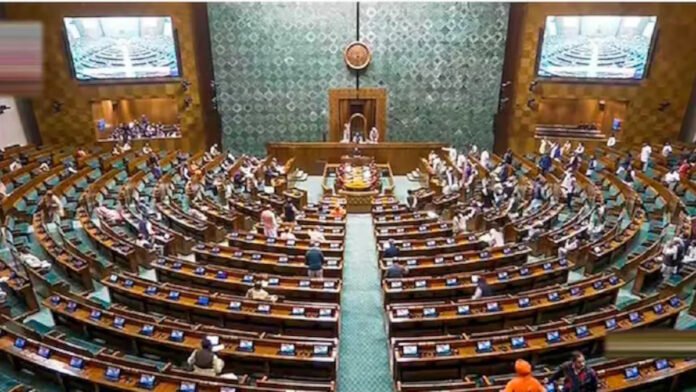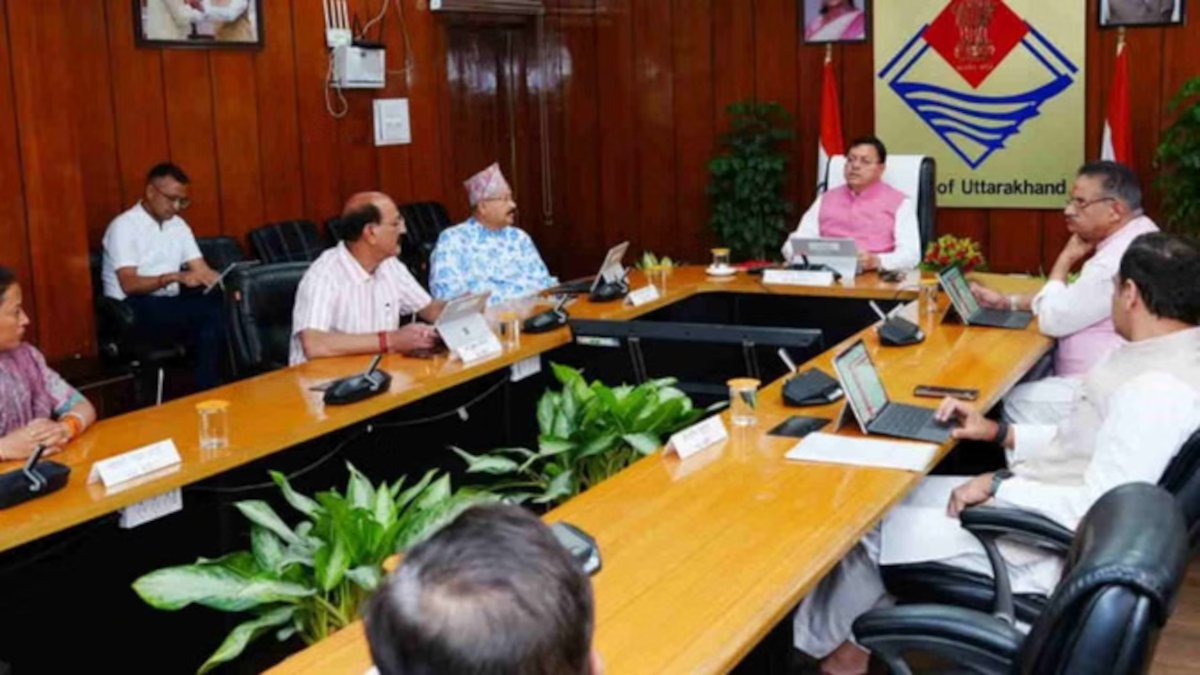The Union Government has informed Parliament that more than ₹111.63 crore has been sanctioned under the National Mission for Sustaining the Himalayan Ecosystem (NMSHE) since July 2018. The mission, implemented by the Department of Science and Technology (DST), is aimed at tackling climate change challenges, conducting vulnerability assessments, and strengthening adaptation strategies across the Himalayan region. This information was given by Dr. Jitendra Singh, Union Minister of State (Independent Charge) for Science and Technology, Earth Sciences, MoS PMO, MoS Personnel, Public Grievances & Pensions, Department of Atomic Energy and Department of Space, in a written reply in the Lok Sabha on Wednesday.
State-Wise Allocation
Funds were sanctioned to 13 Himalayan States and Union Territories, with Uttarakhand receiving the highest share at ₹20.49 crore. Other major beneficiaries include Jammu and Kashmir (₹13.20 crore), Assam (₹12.08 crore), and Mizoram (₹10.49 crore). Smaller allocations were made to states like Sikkim, Meghalaya, Himachal Pradesh, and Tripura. The financial support has been spread across initiatives such as climate risk assessment, setting up climate change cells, and research programmes.
Key Achievements of NMSHE
-
Vulnerability Assessments: DST has completed studies to assess flood and drought risks at the district level across 698 districts in India, including the Himalayan states. The results show regions like Surat ranking among the highest risk areas for flooding.
-
Climate Change Cells: State Climate Change Cells (SCCCs) have been established or strengthened in 13 Himalayan states/UTs to support district-level risk assessments and to assist state governments in implementing their climate action plans.
-
Expert Oversight: A National Expert Committee (NEC) comprising leading climate scientists and representatives from key ministries regularly reviews NMSHE programmes and recommends strategies.
-
Disaster Mitigation Research: A Centre of Excellence at IIT Roorkee has been set up to focus on landslides, soil erosion, and other climate-induced natural disasters in the Himalayan belt.
Supporting Institutions
The DST’s Wadia Institute of Himalayan Geology (WIHG), Dehradun, continues to play a critical role in research on earthquakes, landslides, glaciology, and geo-resources. The government also organises workshops to disseminate scientific findings and facilitate collaboration with stakeholders in the Himalayan states.
Focus on Urban Climate and Sustainable Tourism
Recognising the growing impact of urbanisation in Himalayan towns, DST has launched a National Network Programme on urban climate, with a special call for research into “Urban Climate and Extreme Events.” Complementing this, the Ministry of Tourism has formulated a National Strategy for Sustainable Tourism, while the MoEFCC has notified ecotourism guidelines in protected areas to balance conservation with livelihoods.
Government’s Stand
In his written reply to the Lok Sabha, Dr. Singh underlined that the government remains committed to integrating science, technology, and traditional knowledge to secure the fragile Himalayan ecosystem. He stressed that the mission is central to India’s climate action plan, as the Himalayas are critical not just for biodiversity but also for the livelihoods of millions downstream.





















